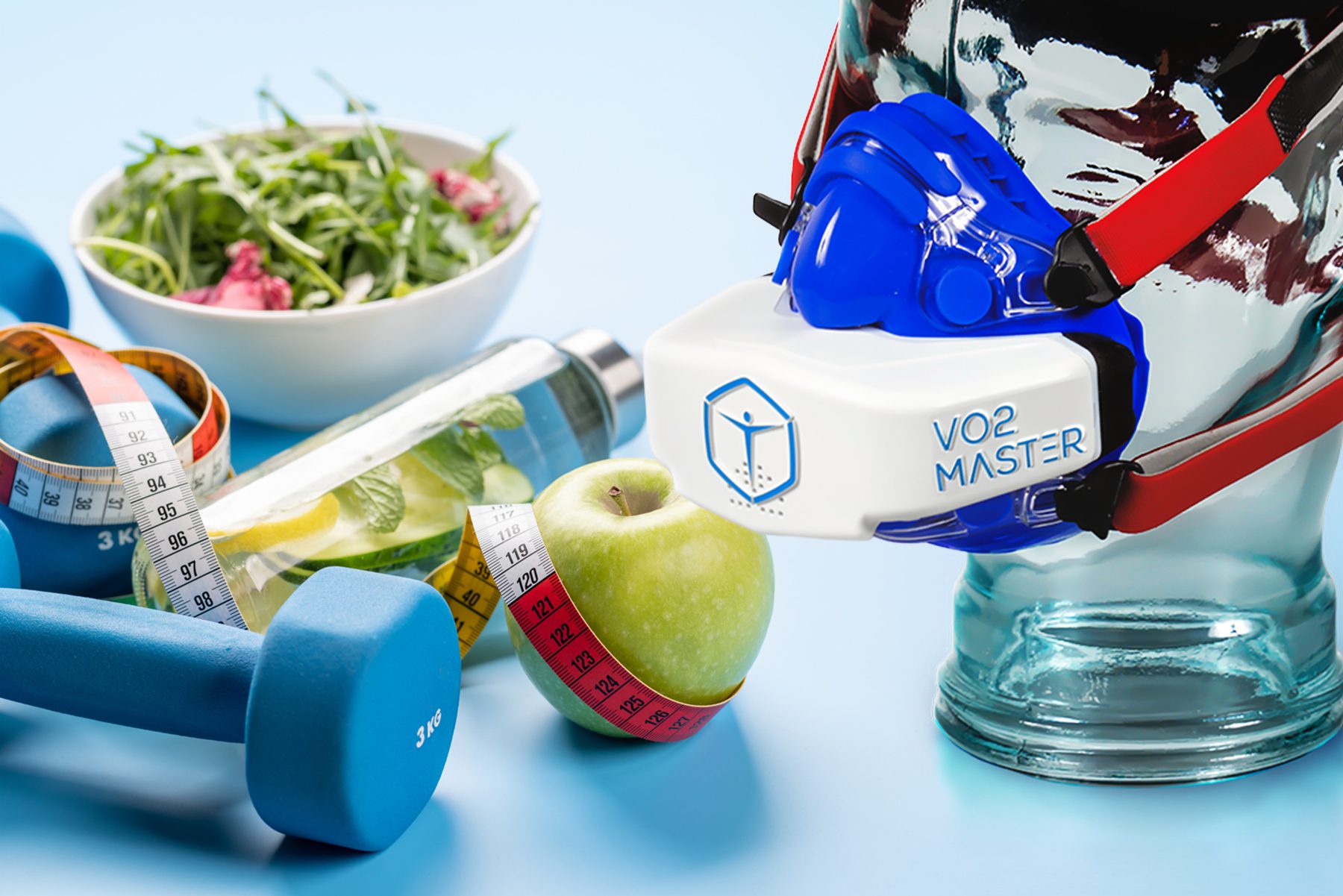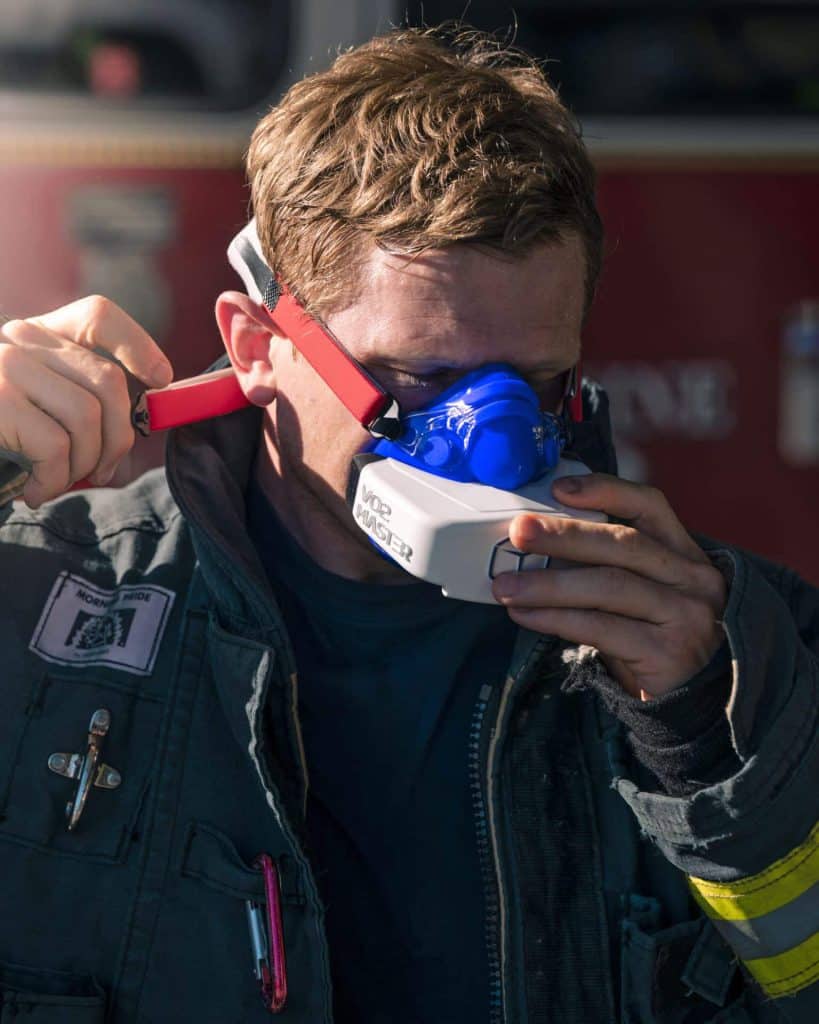The Norwegian Method Podcast: 5 Insights About Nutrition for Triathletes
This is the eighth episode in this series. If you haven’t yet listened to Episode 7, click here to read our six takeaways and listen to the episode in full. Nutrition for triathletes is often referred to as “the fifth discipline” because it’s such a critical component of successful training and racing. In episode eightContinue reading "The Norwegian Method Podcast: 5 Insights About Nutrition for Triathletes"

This is the eighth episode in this series. If you haven’t yet listened to Episode 7, click here to read our six takeaways and listen to the episode in full.
Nutrition for triathletes is often referred to as “the fifth discipline” because it’s such a critical component of successful training and racing.
In episode eight of The Norwegian Method Podcast presented by Santara Tech, hosts Dr. David Lipman and coach Olav Aleksander Bu explore the key triathlete nutrition considerations to help you perform at your best.
Here are our five big takeaways from the episode.
1. The Merits of Fasted Training

In order to burn any calories, some work has to be done. In the context of triathlon, this comes down to physical exertion.
The more muscle you have, the more calories that work will require.
Your body needs muscle to generate power, and building muscle requires energy. If you’re doing fasted training, your body might burn fat, but you will not grow muscle as quickly as you would if you were in a well-nourished state.
Typically, when you try to reduce body weight—even over a long period of time—you start to lose VO2 max.
Whether or not you should do fasted training is highly contested and its benefits or disadvantages have not adequately been proven, but this is not an area of focus for Olav, Kristian, and Gustav.
2. The Relationship Between Body Weight and Performance
Your weight and performance aren’t always interconnected.
While it might sound counterintuitive, sometimes increasing power requires you to increase weight.
Humans are organic creatures. We need fuel to grow, generate mechanical power, and recover from exertion.
When you starve your body, you won’t continue to grow. On the contrary, you may start to lose muscle mass and you may even lose the ability to perform optimally.
In Olav’s opinion, it’s far better to be a little bit overweight but consistent in training than to be training while trying to reduce your weight.
So, you can even consider putting on weight in a healthy way until you see the improvements stop, then look to reduce body fat from there.
Ultimately, as an age group triathlete, you need to enjoy the process of training and racing.
If you head out for training sessions and lack motivation because you’re low on energy, that’s going to create an unenjoyable experience.
A healthy body is a strong body, and it can still be a strong body even with a bit of fat on it. Contrarily, a very thin body that looks lean might appear strong but actually be weaker.
There’s more to consider than your physical appearance.
For any age group triathlete, if being a little overweight allows you to go out, train well, and get regular exercise, that’s better than the alternative.
3. The Psychological Impact of Nutrition for Triathletes
Beyond just the physical impacts of fasted training, it’s important to consider the psychological element as well.
For many people, food is a big motivator. If you’re in a starved state, you might lack motivation psychologically, and that can hinder your performance.
4. How Your Body Creates Energy

Your body can’t predict what’s going to happen in half an hour from now. It only knows what’s happening in the current moment.
According to the Stationary Action Principle—a fundamental law of nature—your body will try to solve the task at hand in the cheapest way possible.
From a physiological standpoint, this means that, when you’re exercising, your body will create the necessary energy using the path of least resistance.
Given the choice between fats and carbohydrates, your body will derive energy from carbohydrates first since it requires less effort to transform them into energy.
5. Fats vs. Carbohydrates in Energy Production
When it comes to burning calories, there is a useful component and a non-useful component.
The useful component is using calories that turn into power to push you forward. The non-useful component is using calories that turn into heat in your body.
For each calorie you consume, only about 20% of it is used to create mechanical power. The remaining 80% becomes thermal energy.
In order to create power, your body splits molecules into adenosine triphosphate (ATPs). This is a nucleotide that provides energy to drive and support many processes in living cells, such as muscle contraction, nerve impulse propagation, condensate dissolution, and chemical synthesis.
Your body only has a small reserve of ATPs, so it needs to produce more in order to create power—producing one watt of power requires 1 kj per second.
Your body typically derives this power from two sources: fat and carbohydrates.
Each gram of fat contains around 9 calories, and each gram of carbohydrate contains around 4 calories.
With that in mind, you might think that fat is a more efficient energy source. But in reality, it takes much more work for your body to convert fat into mechanical power because it requires more oxygen to do so.
You actually create more heat by trying to convert one gram of fat into mechanical power than you do from one gram of carbs. And, as per the Stationary Action Principle, your body will take the path of least resistance to create energy.
This means that your body will defer to carbs first when trying to source energy to fuel your training and racing.
If you’d like to learn more, you can listen to episode 8 in its entirety. You can also find brand-new video content, news, and updates from The Norwegian Method on the VO2 Master blog.
